To expand or not to expand: solutions to the ideological divide in the Supreme Court remain just as contested as the court itself.
October 9, 2022
According to a Gallup poll from June 2022, Americans’ confidence in the Supreme Court of the United States has reached a record low (25%), spurred in part by recent controversial rulings, including Dobbs v. Jackson Women’s Health Organization and its reversal of Roe v. Wade, which eliminated the national right to abortion access. Justices Thomas, Roberts, Alito, Gorsuch, Kavanaugh, and Barrett (the conservative block–partially created by the replacement of three justices over a single presidential term) firmly hold a 6-3 majority over Sotomayor, Kagan, and Jackson. This bestows them practically unilateral power in swaying court rulings toward conservative ideology for decades to come, despite not reflecting the national political divide or the current leanings of two of the three federal branches. When according to the Pew Research center, 61% of Americans support the legal right to abortion, yet the sole power to decide the supreme legal standard regarding this matter is vested in six individuals, not elected by popular vote, the question is raised as to whether or not the American government is equal in its system of checks and balances.
A consensus on the way in which to best resolve the imbalance remains heavily contested. Some argue that the unequal ideological split of the court is a direct consequence of the improper appointments of several justices under President Donald Trump. While the power to nominate a Supreme Court Justice is vested in the President, the power to appoint the Justice is given to the Senate. In March of 2016, following the death of conservative Justice Scalia, Merrick Garland was nominated under President Barack Obama to fill the vacancy. Senate Majority Leader Mitch McConnell (R-KY) and the majority Republican senate refused to vote on the appointment, citing the Senate’s jurisdiction in confirming Supreme Court appointments, and arguing that the American people should be allowed further input in such matters. Garland was never voted on, despite there being no historical precedent for this decision, and instead, President Trump appointed (and passed) Neil Gorsuch the subsequent year. However, following the death of Justice Ginsburg in 2020, the newly established precedent was ignored, and the Senate chose to vote on Trump’s appointment Amy Coney Barrett prior to Biden’s election. However, if Trump’s justices had been appointed under standard precedent, the conservative balance of power would still exist, raising the question of the validity of the structure of the Supreme Court in the first place–how can a limited number of individuals best represent a country’s beliefs and wishes?
Recently, more Americans have supported expanding the number of justices on the court, which is well within the scope of power of the legislative branch–the size of the court has been changed six times in American history. Under an expansion, the idea is that a larger number of justices could better support the diverse views of the American population.
However, others argue such an expansion could lead to an influx of justices under one presidential term, exacerbating the issue. Some have therefore instead argued for term limits–maintaining the structure of the court but creating a rotating stream of ideas. The American political split, similar to the country’s population and demographics, is constantly changing and evolving, and the Supreme Court should represent that.
While neither idea has managed to gain substantial political traction, both have revealed that the American population remains firmly divided in its beliefs—as will be seen in the upcoming midterms.

























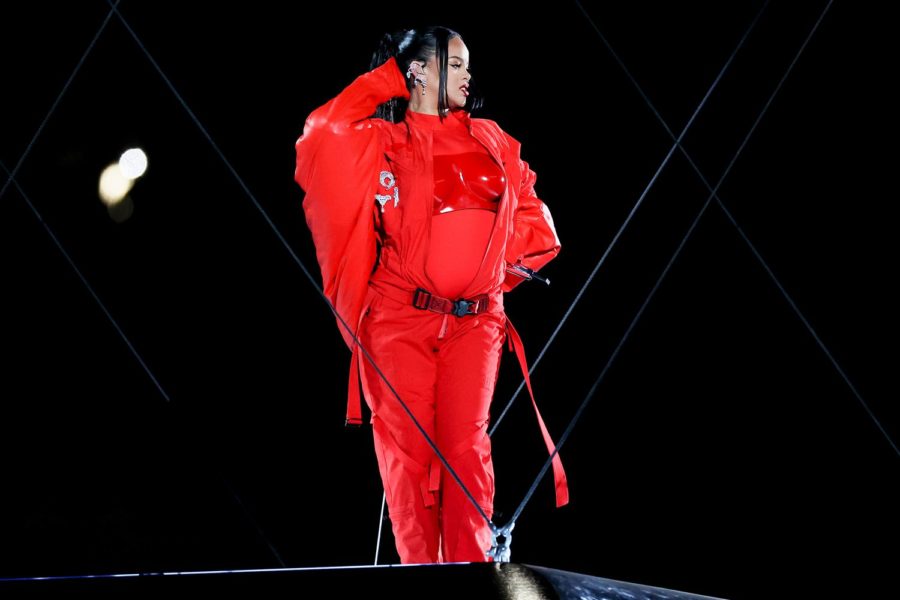


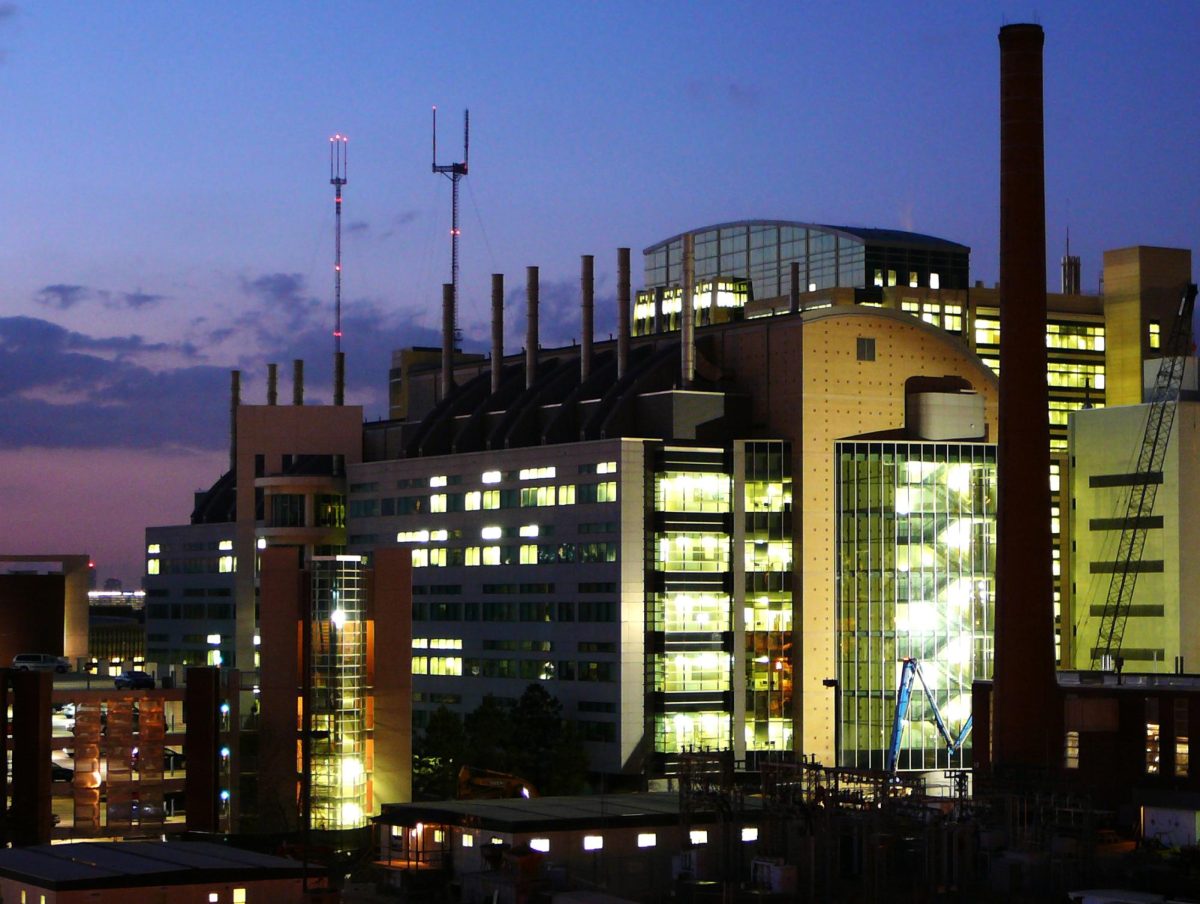



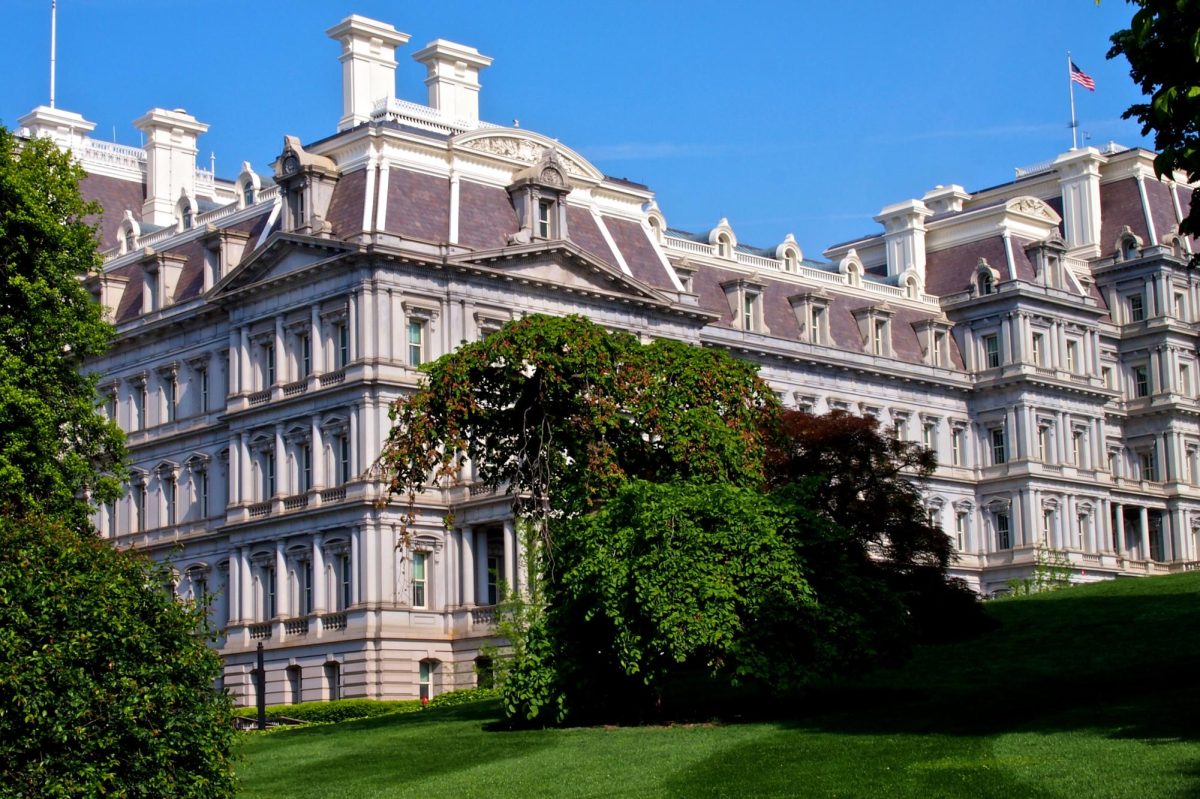



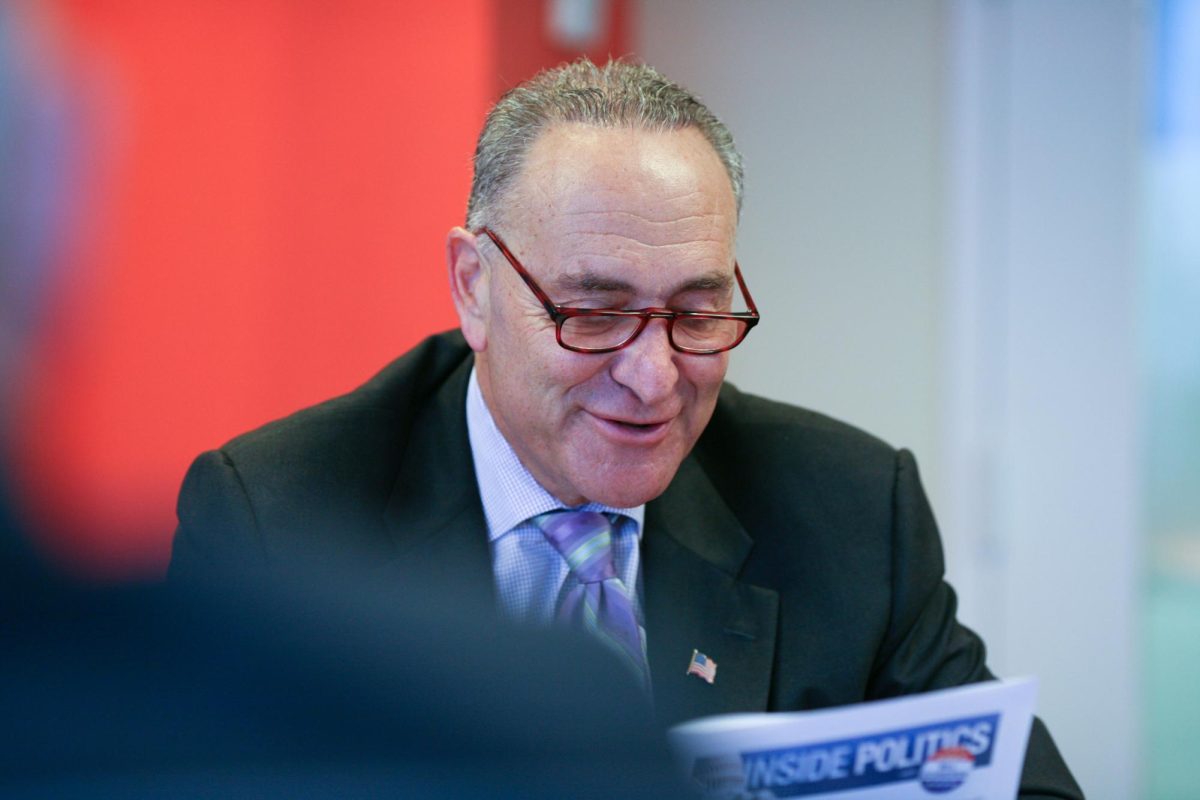
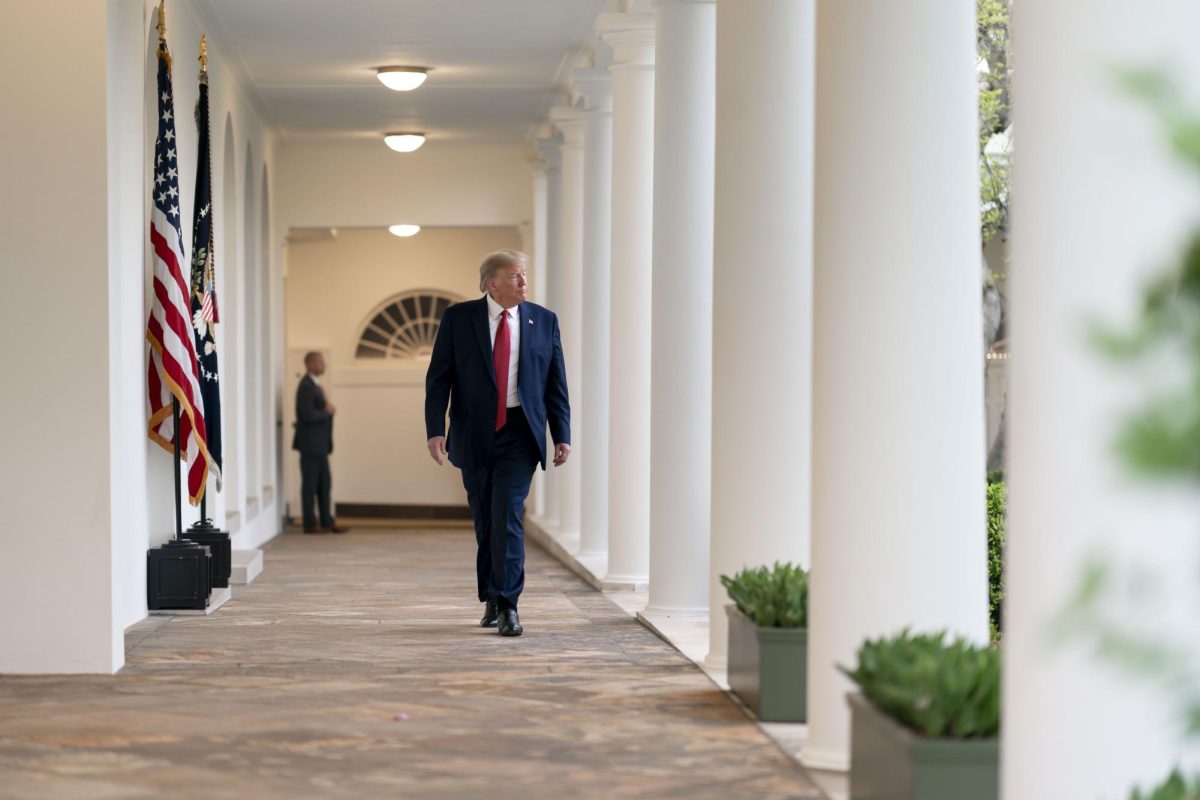


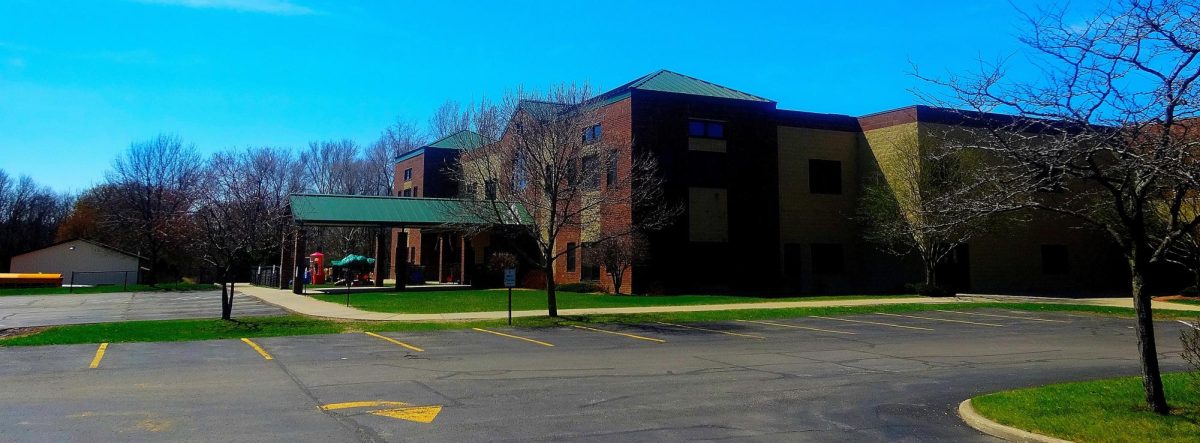
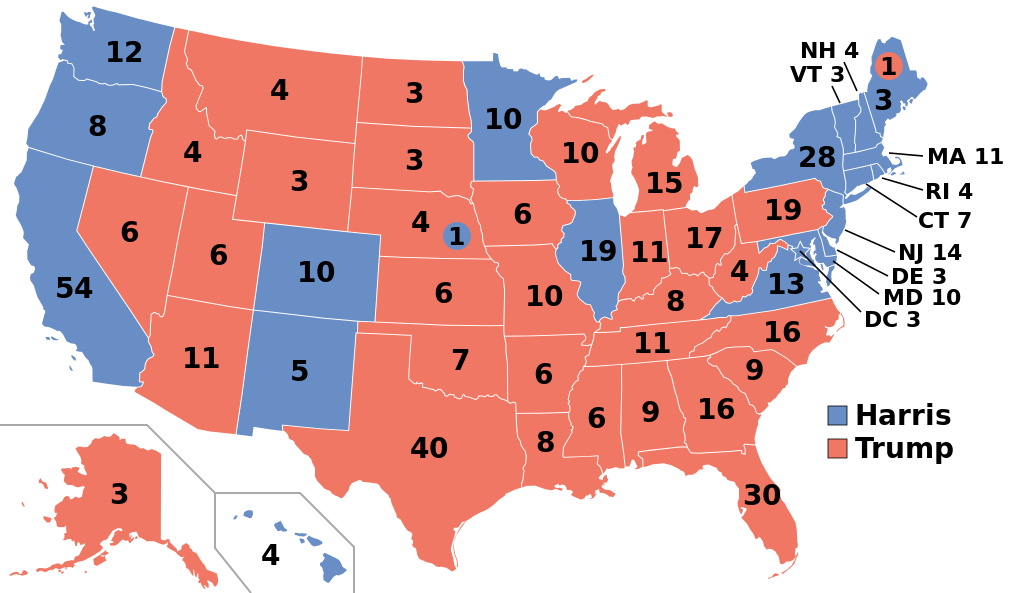
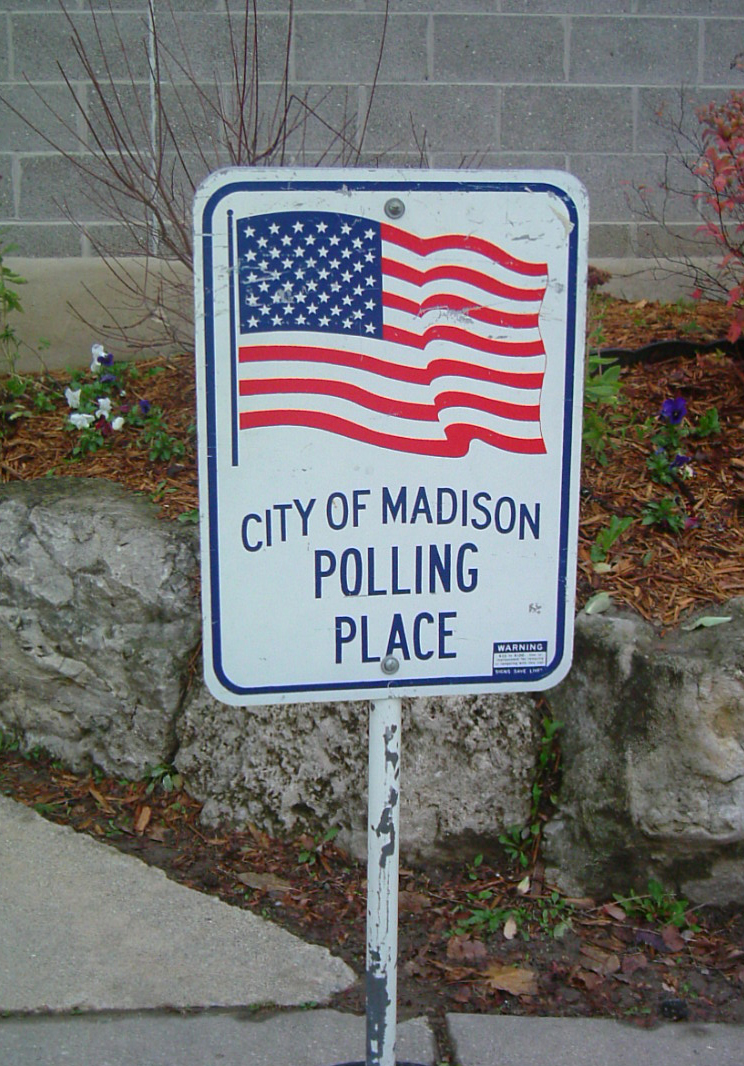






![Image credit to [puamelia]](https://memorialswordandshield.com/wp-content/uploads/2025/08/3435027358_ef87531f0b_o-1200x803.jpg)


